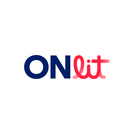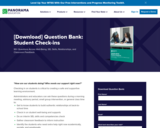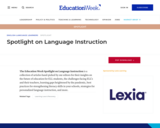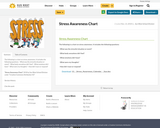
The Ontario Human Rights Commission’s Right to Read inquiry concluded that running records and reading level assessments have not been effective in identifying students who need additional support or in providing teachers with accurate information to guide instruction. We now know that there are more effective ways to understand student reading skills and ensure that students are receiving the instruction that they need. This handout highlights why reading levels should be reconsidered, and frames the who, what, when, and how of different purposes for assessment: screening, diagnostic, progress monitoring, and outcome evaluation.
This handout builds educator knowledge of effective assessment practices to support explicit and systematic instruction of foundational reading skills.
References:
Burns, M.K., Pulles, S.M., Maki, K.E., Kanive, R., Hodgson, J., Helman, L.A., McComas, J.J., & Preast, J.L. (2015). Accuracy of student performance while reading leveled books rated at their instructional level by a reading inventory. Journal of School Psychology, 53(6), 437 – 445.
Ontario Human Rights Commission. (2022). Right to read: Public inquiry into human rights issues affecting students with reading disabilities. https://www.ohrc.on.ca/en/right-to-read-inquiry-report/introduction
Parker, D.C., Zaslofsky, A.F., Burns, M.K., Kanive, R., Hodgson, J., Scholin, S.E., & Klingbeil, D.A. (2015). A brief report of the diagnostic accuracy of oral reading fluency and reading inventory levels for reading failure risk among second- and third-grade students. Reading & Writing Quarterly, 31(1), 56 – 67.
- Subject:
- English Language Arts
- Material Type:
- Teaching/Learning Strategy
- Provider:
- Dyslexia Canada
- Provider Set:
- ONLit
- Author:
- ONlit
- Date Added:
- 12/13/2023






